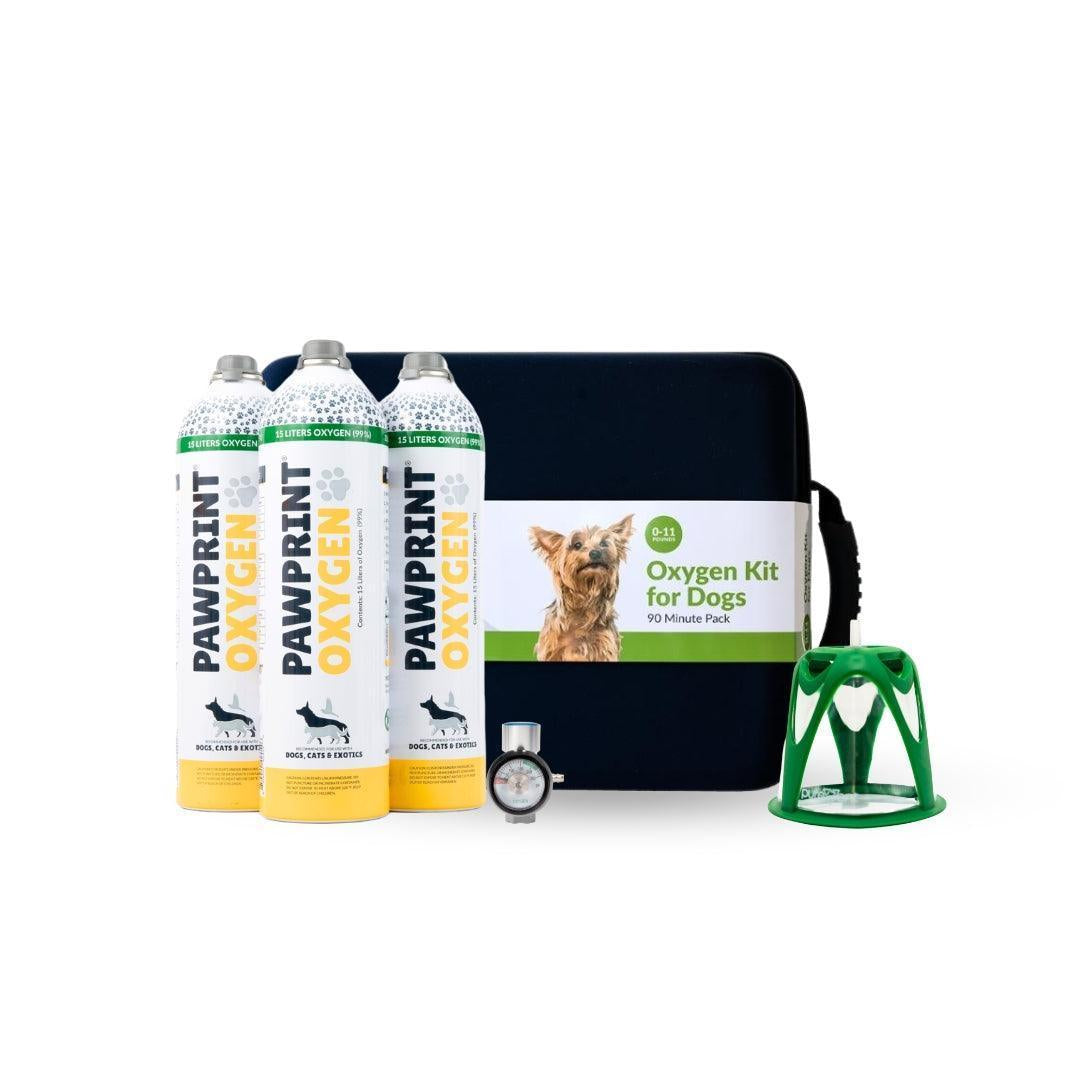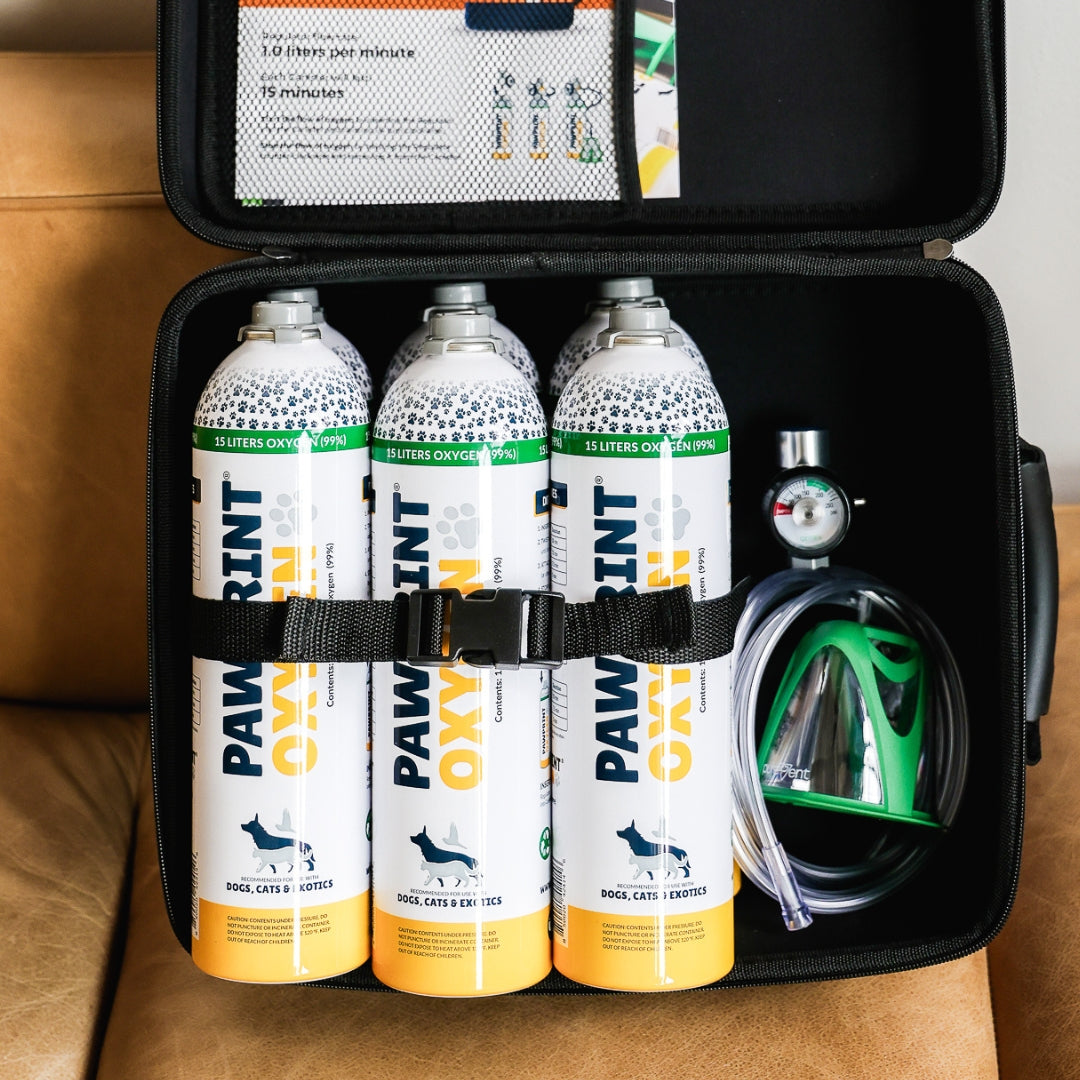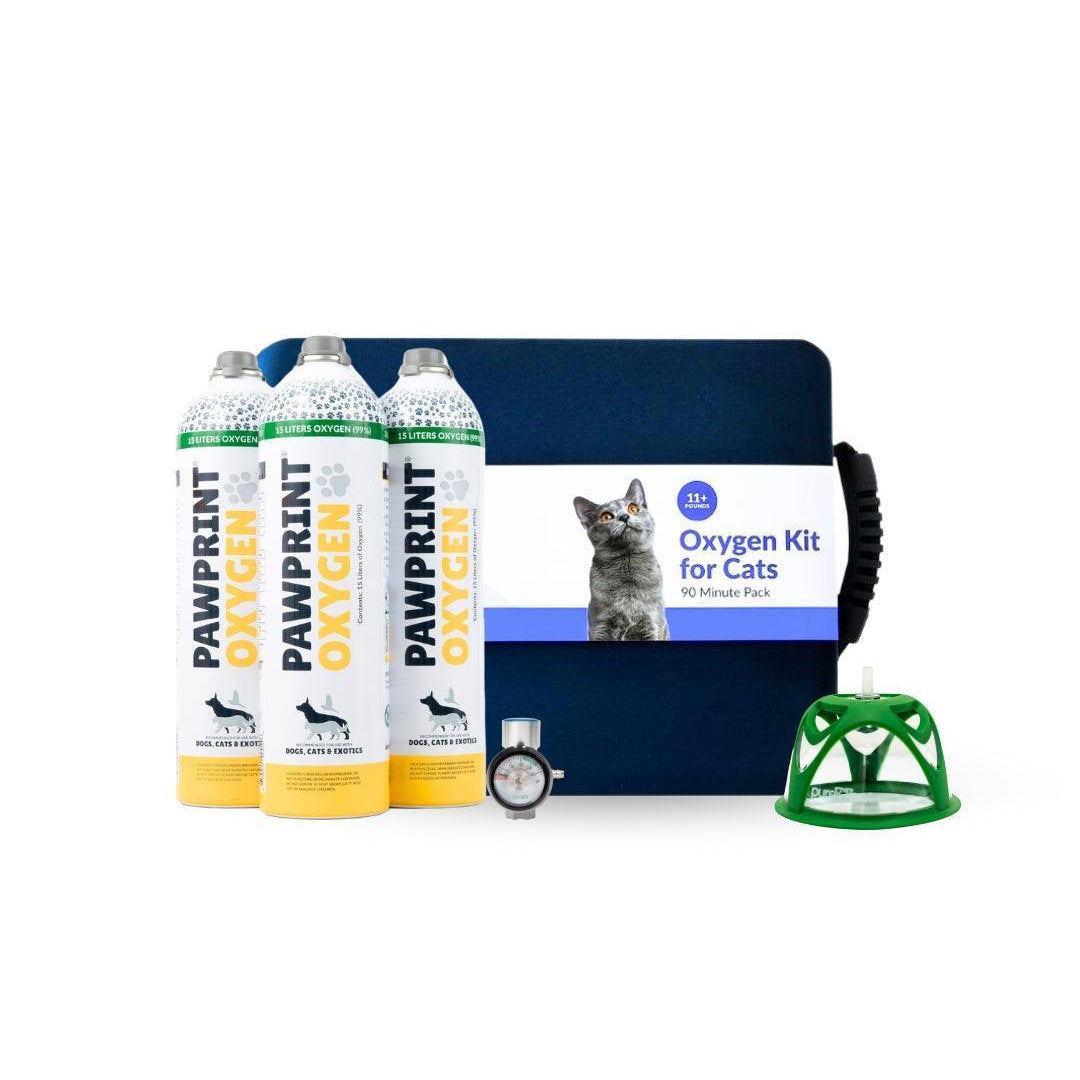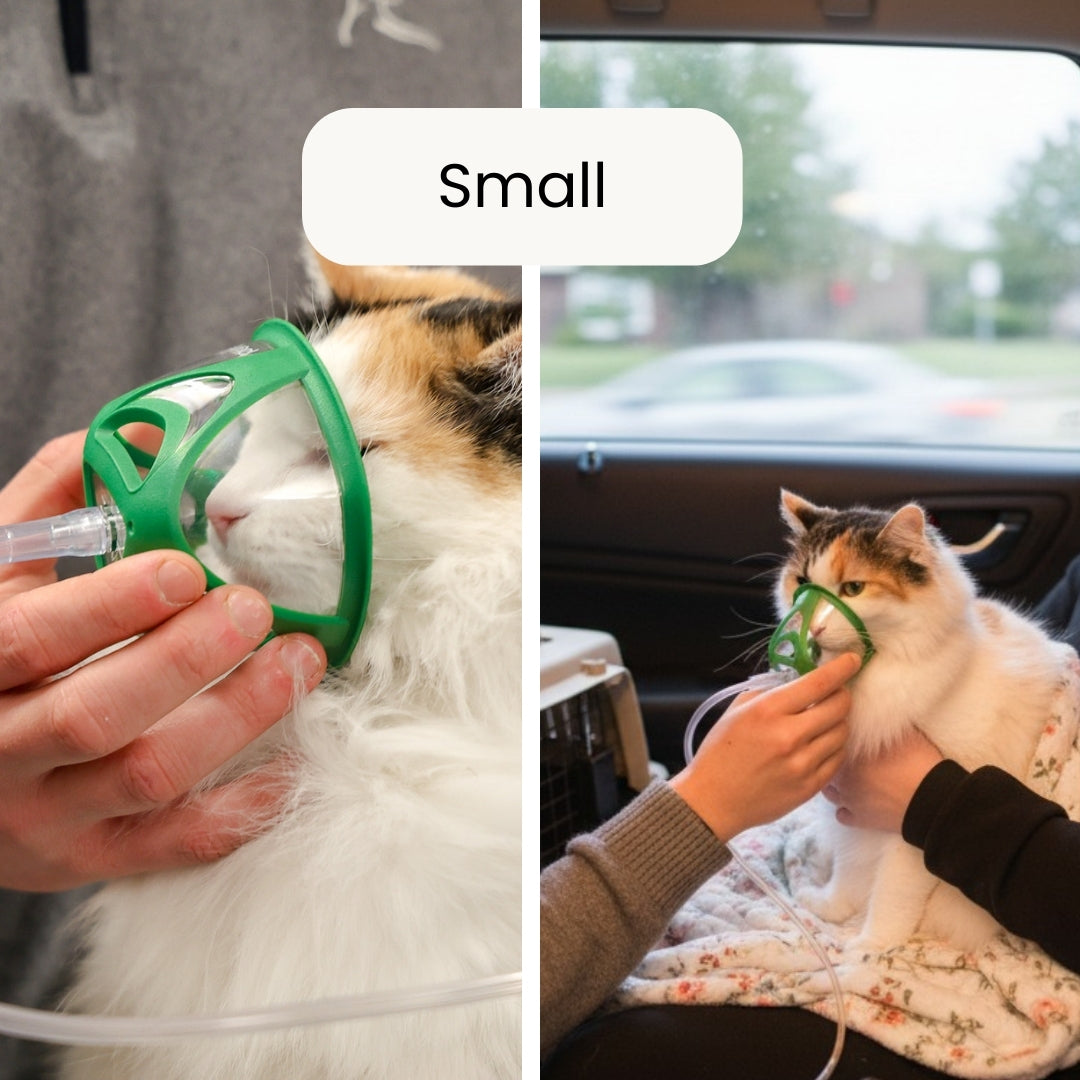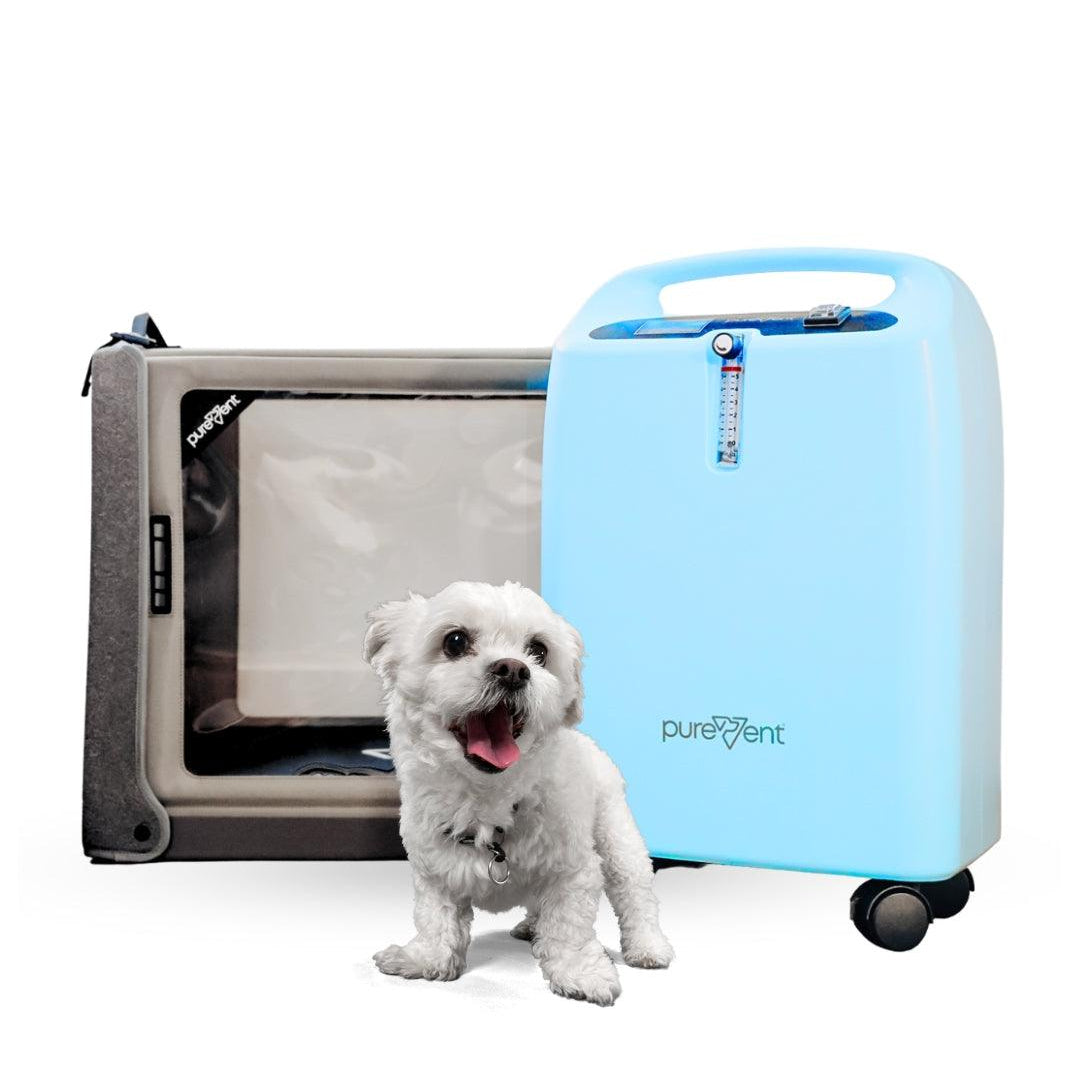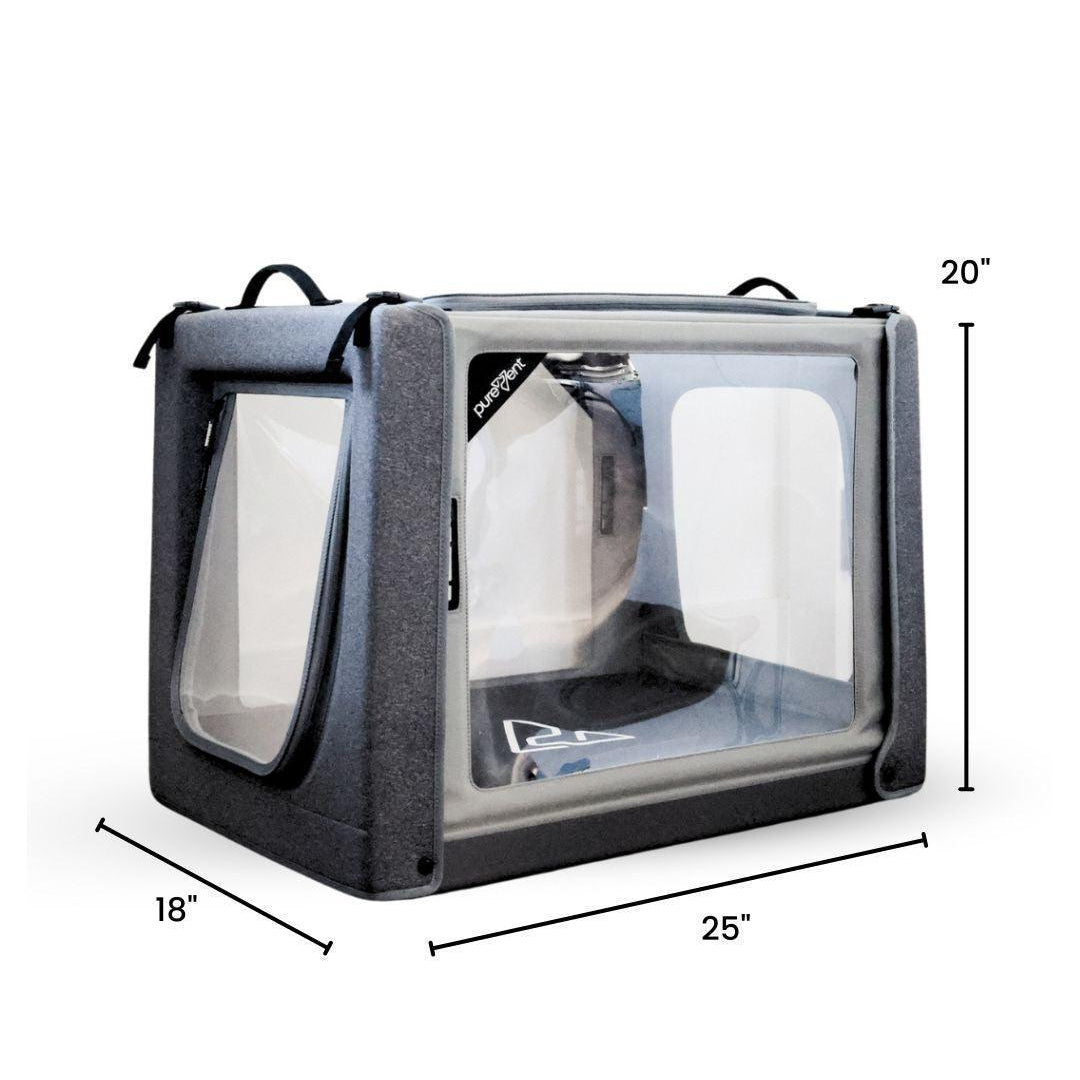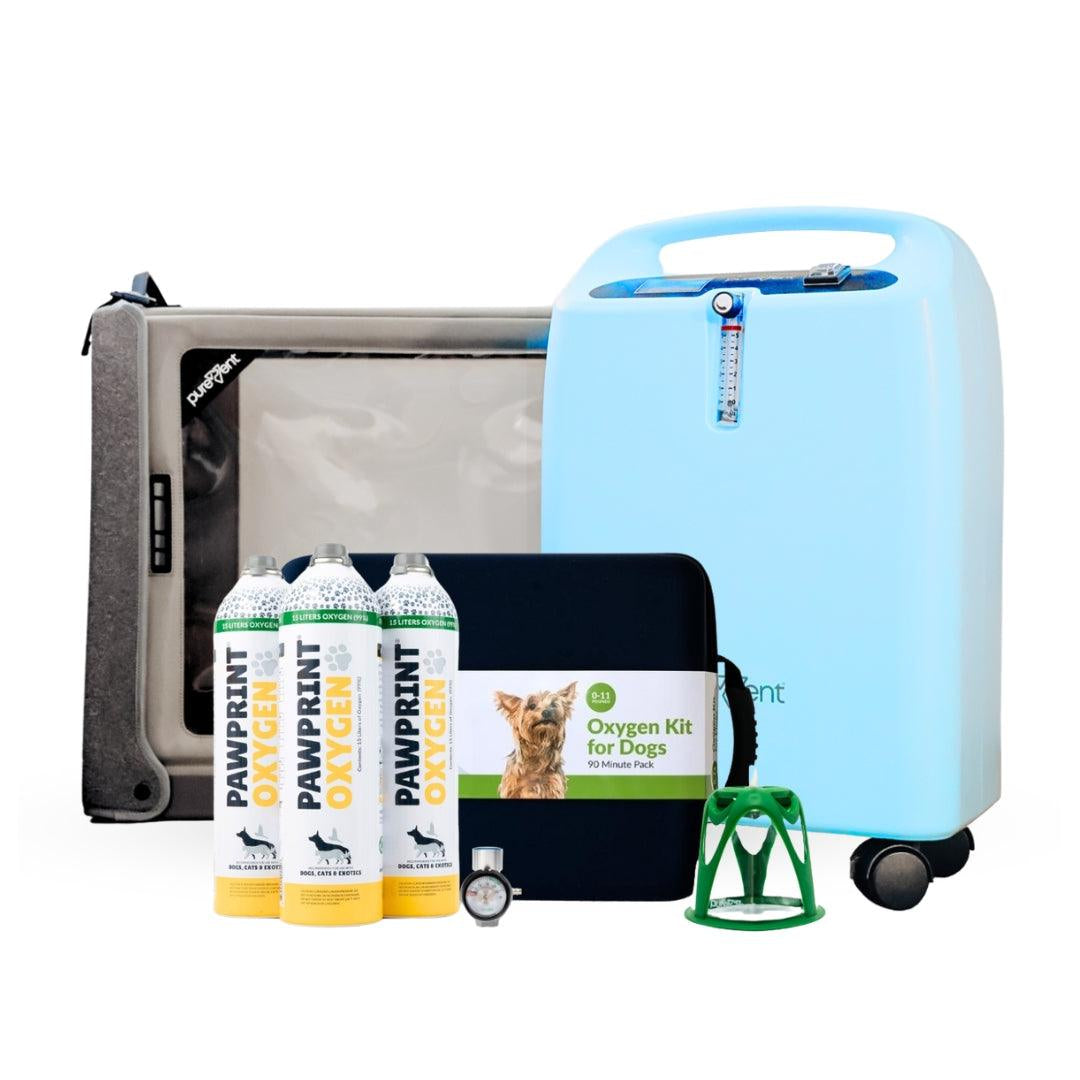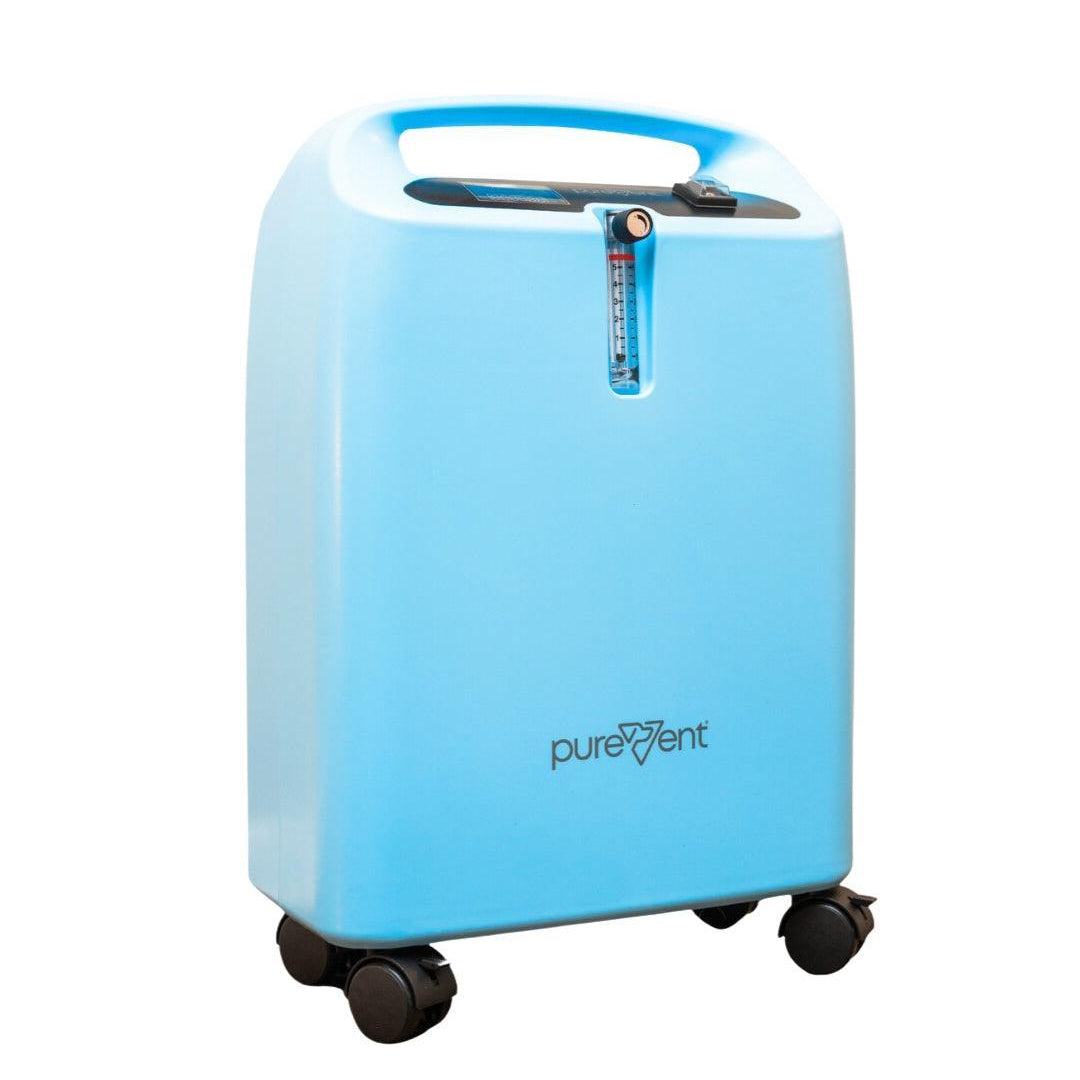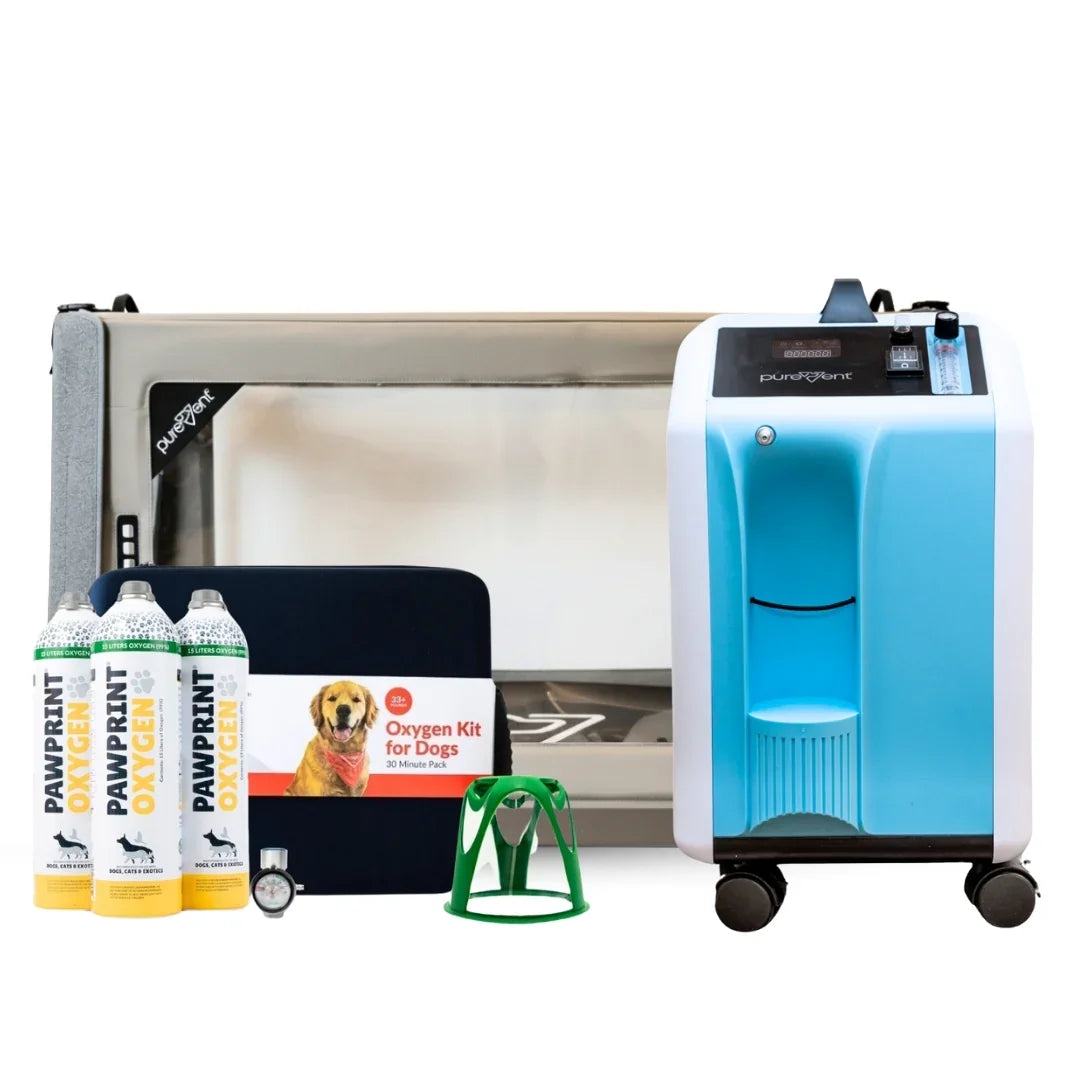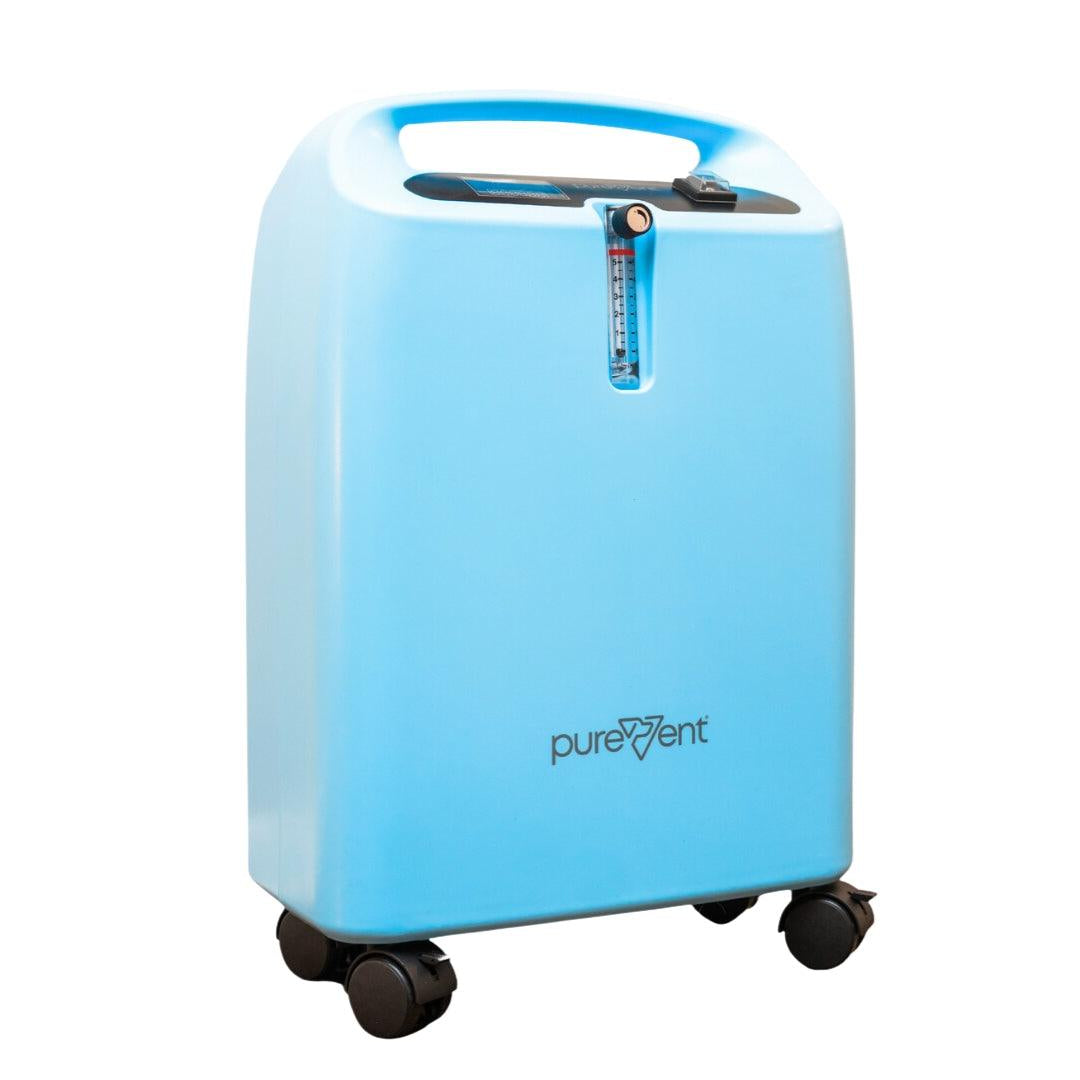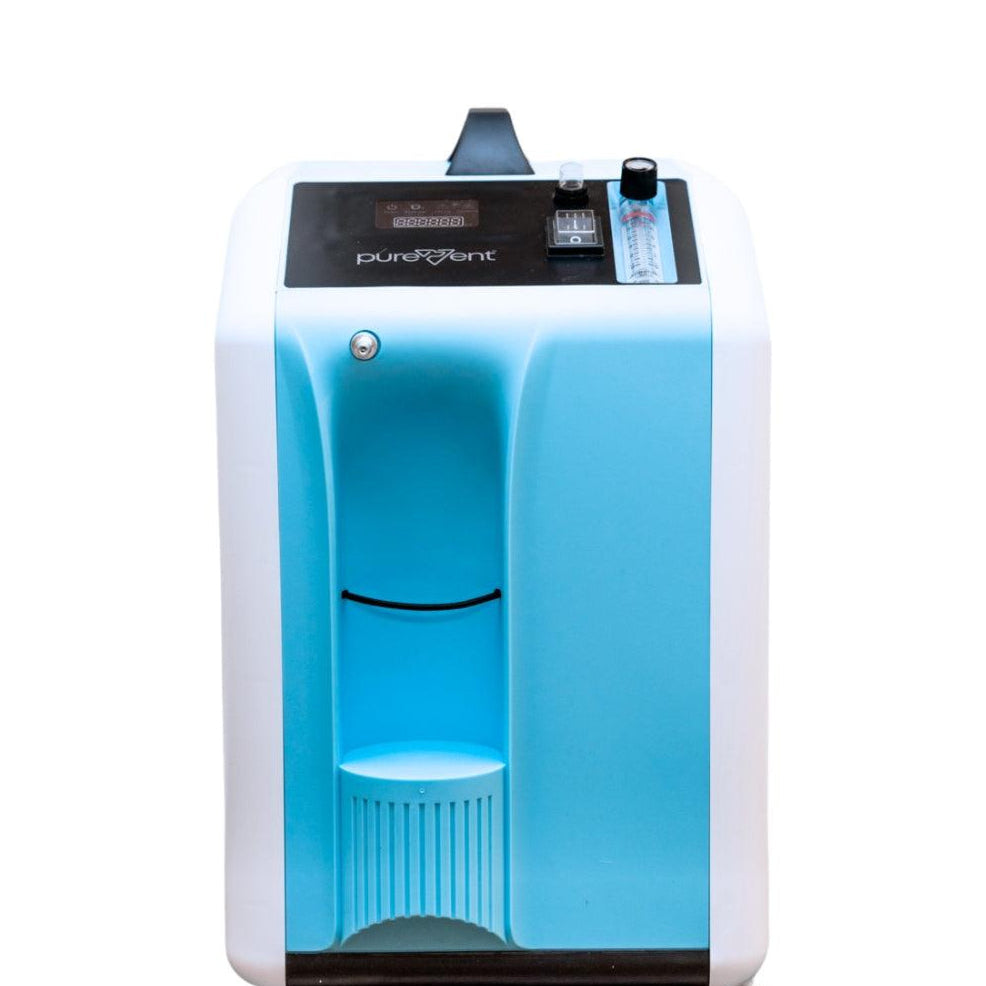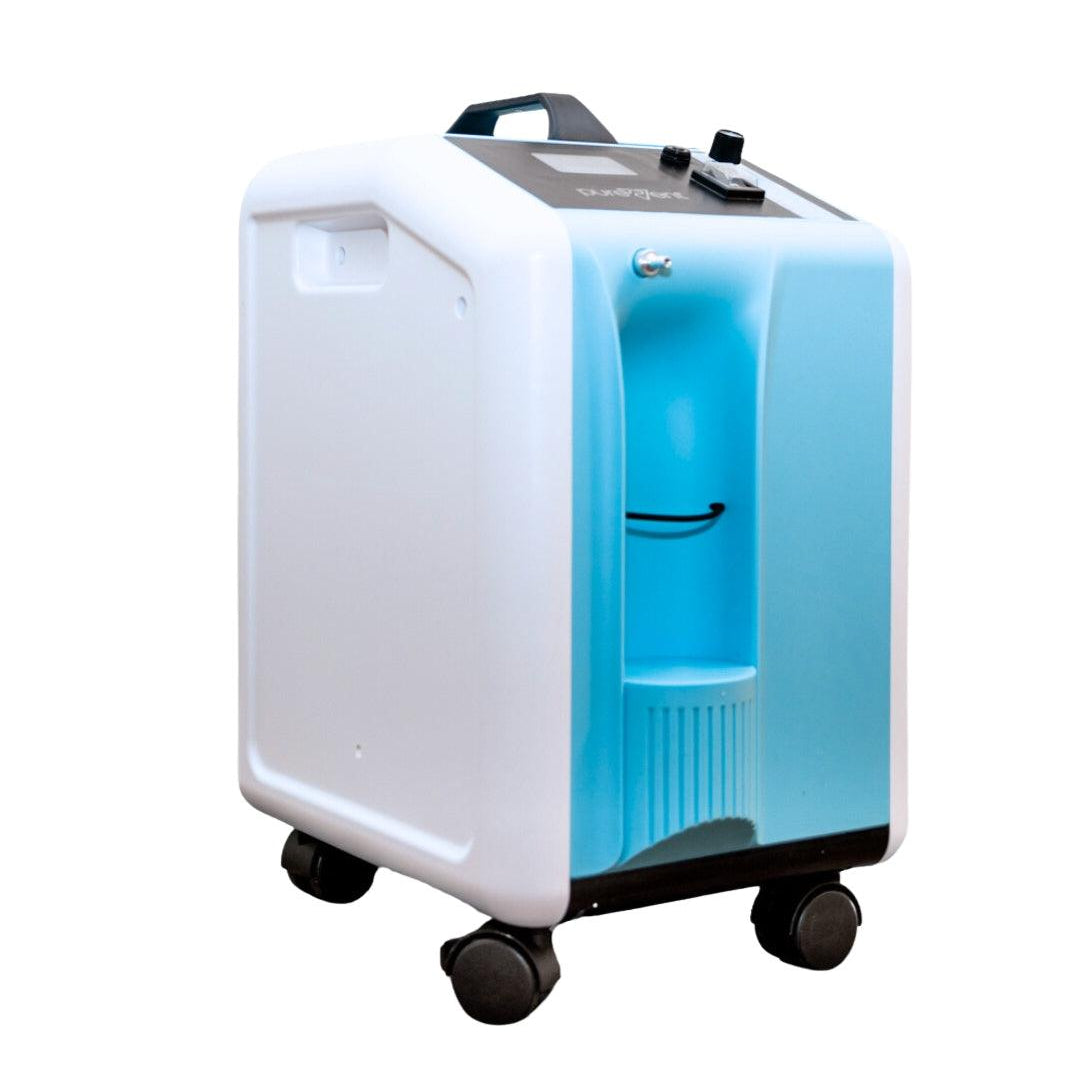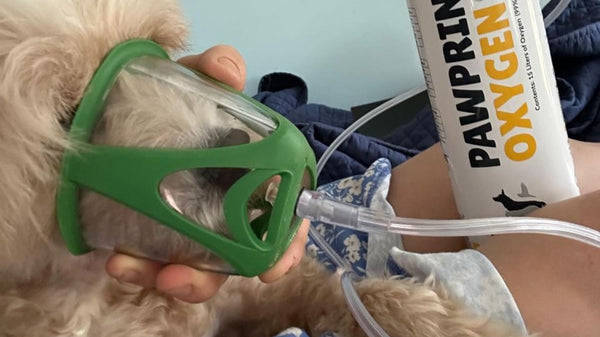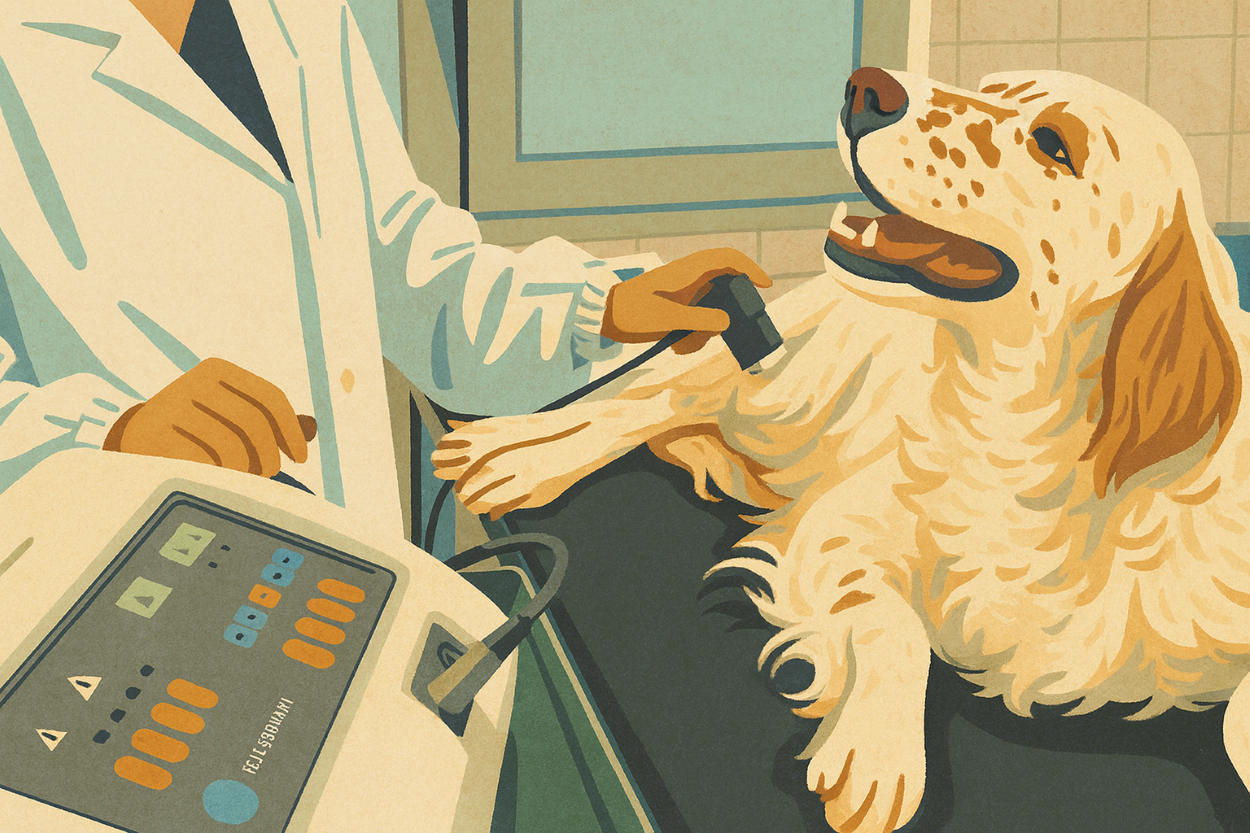Welcome to our comprehensive guide on collapsed trachea surgery for dogs. If you're a pet parent dealing with this respiratory condition, we understand the worry and concern you may have. Rest assured, we're here to provide you with the essential information you need on collapsed trachea.
In this guide, we'll walk you through everything you need to know about collapsed trachea surgery for dogs. From understanding the causes and symptoms of collapsing trachea to exploring the various treatment options available, our goal is to equip you with the knowledge to make informed decisions for your furry friend's well-being.
Understanding Collapsed Trachea in Dogs
Collapsed trachea in dogs is a condition where the cartilage rings of the trachea weaken, leading to a flattening of the trachea and obstructed airflow. This condition is more common in small breed dogs, particularly in breeds like Yorkshire Terriers, Pomeranians, Chihuahuas, Toy Poodles, and Pugs. A collapsed trachea is estimated to affect around 1 in 20 small breed dogs. The warning signs of a collapsed trachea include a persistent, dry, honking cough, difficulty breathing, exercise intolerance, and in severe cases, cyanosis (bluish gums and tongue) due to lack of oxygen. Episodes of coughing can be triggered by excitement, eating, drinking, or pulling on a collar. Early diagnosis and management of a collapsed trachea are crucial, which can include weight management, using a harness instead of a collar, medications to reduce coughing and inflammation, and in severe cases, surgical intervention.
Symptoms and Diagnosis of Collapsed Trachea
Collapsed trachea is a medical condition that primarily affects small dog breeds, such as Yorkshire Terriers, Pomeranians, and Chihuahuas. It occurs when the cartilage rings that support the trachea (windpipe) weaken, causing the trachea to collapse, making it difficult for a dog to breathe.
Common Symptoms of Collapsed Trachea in Dogs:
Common symptoms of a collapsed trachea in dogs include a distinctive, persistent cough that is often described as sounding like a "goose honk." This cough can be exacerbated by excitement, exercise, eating, or drinking. Other symptoms of a collapsed trachea include labored or noisy breathing, which may become more pronounced during physical activity or periods of stress. Dogs with a collapsed trachea might also exhibit signs of exercise intolerance, where they tire quickly and struggle to catch their breath. In severe cases, symptoms can escalate to include cyanosis, characterized by a bluish tint to the gums and tongue, indicating a lack of sufficient oxygen. Additionally, dogs may experience episodes of gagging or retching, particularly after eating or drinking. Monitoring and managing these symptoms with veterinary guidance is crucial to maintaining the dog's quality of life.
Coughing: A persistent, honking or goose-like cough, often triggered by excitement, exercise, or pressure on the trachea (e.g., using a collar instead of a harness) are consistent with a collapsed treachea.
Labored Breathing: Dogs with a collapsed trachea may exhibit increased respiratory effort, especially during physical activity or in hot weather.
Gagging or Choking: Some dogs with a collapsed trachea may gag or choke, especially when eating or drinking.
Cyanosis: In severe cases, where the condition is not managed or treated, dogs may develop a bluish tint to their gums or tongue due to lack of oxygen.
Exercise Intolerance: Affected dogs may become less willing to exercise or engage in physical activities due to the difficulty in breathing.
Wheezing or Noisy Breathing: You may notice wheezing sounds or noisy breathing, particularly during inhalation.
Fainting (Syncope): In severe cases, dogs may faint or collapse due to lack of oxygen.
Diagnosing Collapsed Trachea in Dogs
To diagnose a collapsed trachea in dogs, veterinarians typically start with a thorough physical examination, during which they may provoke a coughing episode by gently pressing on the trachea.
This is followed by diagnostic imaging to confirm the collapsed trachea diagnosis. X-rays of the neck and chest can often reveal a narrowed trachea, although they may not always capture the collapse if it is intermittent. For more detailed imaging, fluoroscopy, a type of real-time X-ray, allows vets to observe the trachea's structure and function during breathing and coughing. In some cases, a tracheoscopy, which involves inserting a small camera into the trachea, may be used to directly visualize the extent of the collapsed trachea. Additionally, veterinarians might perform a complete blood count and other tests to rule out concurrent respiratory or cardiac conditions that could mimic or exacerbate the symptoms of a collapsed trachea. These combined diagnostic approaches enable veterinarians to accurately identify and assess the severity of a collapsed trachea, guiding appropriate treatment plans.
Physical Examination: The vet will start with a thorough physical examination, paying close attention to the dog's respiratory signs, such as coughing and labored breathing. They may also ask about the dog's medical history and any recent changes in behavior.
X-rays (Radiography): X-rays of the chest can help visualize the trachea and identify any narrowing or collapse. However, a collapsed trachea may not always be visible on an X-ray, especially if the collapse is not severe.
Tracheal Endoscopy: This procedure involves inserting a small camera (endoscope) into the dog's trachea to directly visualize any abnormalities. It is a more definitive way to diagnose a collapsed trachea.
Fluoroscopy: In some cases, fluoroscopy, which is a continuous X-ray imaging technique, may be used to observe the trachea in real-time as the dog breathes, helping to assess the degree of collapsed trachea.
When Is Surgery Necessary for a Collapsed Trachea in Dogs?
Surgery for collapsed trachea in dogs is typically considered when conservative management approaches, such as medications and lifestyle modifications, are not effective or when the condition is severe and causing significant respiratory distress. The decision to pursue surgery is made on a case-by-case basis, taking into consideration various factors including the dog's overall health, the severity of tracheal collapse, and the owner's willingness and ability to manage post-operative care.
Here are some common scenarios when surgery may be necessary for a collapsed trachea:
Severe Tracheal Collapse: Dogs with severe tracheal collapse, where the collapse is extensive and causing severe respiratory distress, are often candidates for surgery. This may include cases where the dog is experiencing frequent fainting or cyanosis (bluish discoloration of the gums or tongue) due to lack of oxygen.
Ineffective Medical Management: When medications and conservative management approaches (e.g., weight management, harness use) do not adequately control the dog's coughing or breathing difficulties due to the collapsed trachea, surgery may be considered as a more definitive solution.
Recurrent Respiratory Infections: Dogs with a collapsed trachea may be prone to recurrent respiratory infections. If the collapsed trachea condition continues to worsen despite medical management, surgery may be recommended to reduce the risk of infections and improve the dog's quality of life.
Lifestyle Limitations: Tracheal collapse can significantly impact a dog's quality of life and limit their ability to engage in physical activities. If the condition is significantly affecting the dog's ability to enjoy a normal life, surgery may be considered to alleviate these limitations.
Owner's Willingness: Surgery for a collapsed trachea often requires a commitment from the owner for post-operative care and follow-up visits. If the owner is willing and able to provide the necessary care and monitoring, surgery may be a viable option.
Transport Oxygen Rescue Kit for Dogs
Our Oxygen Rescue Kits are designed to help your dog exactly when they need it. You can administer on-the-spot oxygen or oxygen in transport while on your way to emergency care. Dogs needing this rescue kit would likely suffer from more acute health conditions like seizures or be in a high-risk category that you'd like to keep a kit on hand to transport them with.
Three Types of Collapsed Trachea Surgery for Pets
It's essential to consult with a board-certified veterinary surgeon who specializes in airway surgery, particularly collapsed trachea, to discuss the best surgical approach for your dog's specific condition. Surgical outcomes can be positive, and many dogs experience significant improvement in their quality of life after undergoing the appropriate procedure. However, surgery for collapsed trachea does carry risks, and the decision should be made after careful consideration and consultation with your veterinarian.
Tracheal Stent Placement: This involves inserting a stent (a tube-like device) into the collapsed portion of the trachea to help keep it open and provide support. Stent placement can be an effective option for certain cases.
Tracheal Ring Prosthesis: In some cases, damaged tracheal rings from a collapsed trachea may be replaced with prosthetic rings to provide structural support.
Laser Surgery: Laser-assisted techniques can be used to remove damaged tracheal tissue and improve airflow.
Getting Your Pet to Emergency Care: Using Pawprint’s Portable Oxygen Kits for Pets
If you are looking for a oxygen system for pets that's designed to be mobile and transport friendly, take a look at our line of portable pet oxygen kits. Our portable pet oxygen is made specifically for getting your pet safely to an emergency care facility, in case of acute respiratory distress (ie. collapsed trachea) or to carry with you or store at home for emergency situations (ie. house fires, emergency care).
If you are in need of additional care for pets with long term or short term needs we offer home oxygen therapy bundles. Our bundled oxygen options cover your pet if they're in need of daily or weekly care as well as emergency and mobile transport for your pet.



